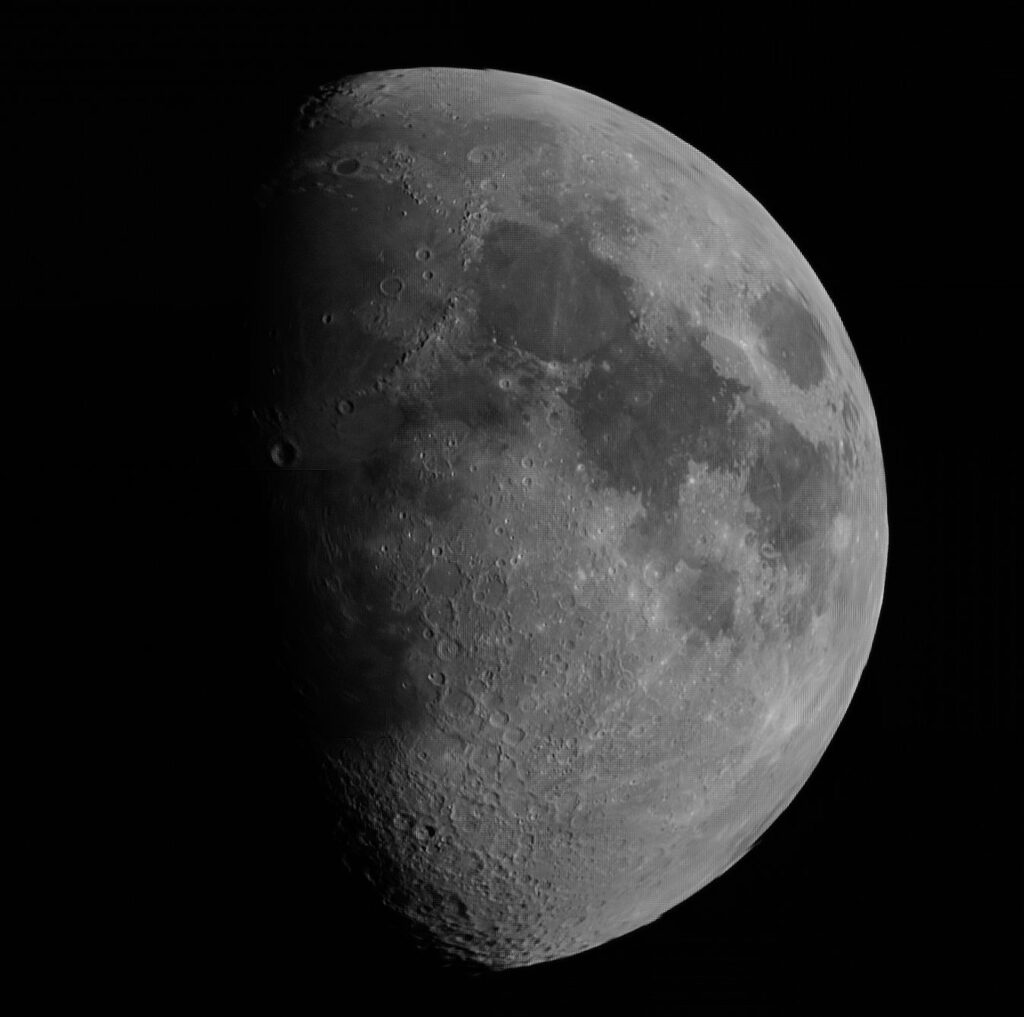Stargazers: The naturalists of the night

Winter nights are a great time to get outside and look up to enjoy the show the universe puts on. On March 1, Jupiter and Venus will line up very close to the moon. Look west about an hour after sunset and you won’t be able to miss them.
“Stargazers,” wrote the recently departed Terence Dickinson, “are the naturalists of the night. We appreciate what so many ignore.” He was right. No appreciation of the natural world is complete unless you look up every now and then.
Dickinson’s passing on Feb. 1 was a sombre day for stargazers, or backyard astronomers as he called us, around the world. Many of us came to the hobby through his books and the magazine he headed for many years, Sky News.
It turns out though, that February is one of the best times of the entire year to look up at the stars. The nights are more likely to be clear than the constantly grey November and December. It’s also less likely to be as frigid as it was in January, but we still have the clarity of cold nights (heat waves in the summer can distort your view).

You don’t need a fancy telescope set up to appreciate the stars. I would not suggest buying a cheap rig from a department store either. That will only end in frustration. Instead, try using binoculars. If you have even a half-decent pair you will be amazed at what you can see.
Here are a couple of guidelines to help you figure out how to look at the sky and what you’re looking at.
To begin with, some things in the night sky are better seen if you don’t look directly at them. The way light receptors work in your eyes means that things in the dark are often more visible when you look off to the side a bit. It takes a bit of practice, but once you get the hang of not looking at things directly it can be really effective.
To figure out what you may be looking at, remember, if it twinkles, it’s a star. If it’s a steady point of light, you’re looking at a planet, and right now, two planets are putting on quite the show. Jupiter and Venus are inching ever closer, and on March 1, they will be in a showy conjunction (i.e. it will appear they are right next to each other) with the moon. It will look like two, very steady, very bright stars cuddling up to the moon. Look west about an hour after sunset and you won’t be able to miss them.
If your binoculars are up to it, and your hand is steady enough, a good look at Jupiter will reveal a few of its largest moons. Europa, Ganymede, Io and Callisto look like tiny pinpricks of light on either side of Jupiter. Depending on where they are in their orbit, you may only see two or three of them, or if you’re lucky you’ll see all four. A good chart online will tell you which order they are in from left to right, so you can tell which is which.

Another great thing to spot at night right now is the Pleiades, which at about 9 p.m. look like a fuzzy patch directly overhead. Your binoculars will resolve them into a group of seven bright stars and dozens of smaller stars. These are the seven sisters of Greek legend and demonstrate just how effective binoculars can be for star watching.
Last on our tour is Orion. You can’t miss the line of three stars at a 45-degree angle in the sky. That’s Orion’s belt, and the two stars below to the left and the right are basically his knees. Orion is the mighty hunter of Greek legend who is perpetually chasing Pleione, the mother of the Pleiades through the sky, with Scorpio hot on his heels.
Of particular note with Orion is the fuzzy patch of stars just below his belt. It looks like a bit of a blur with the naked eye, but it’s the famous Orion Nebula, and is one of the most interesting sights you can make out with low magnification.
Don’t be upset if it doesn’t look like the photos you see online. Astrophotography is done either with hours-long exposures on specially motorized tripods, or with hundreds of images taken over time and then compiled using software. Viewing things through binoculars or a telescope is a very different experience.
Dickinson spent his life encouraging us to look up, and with the stars and planets putting on such a glorious display this month, we owe it to his memory to get outside on a clear night and experience the wonder of everything above.






